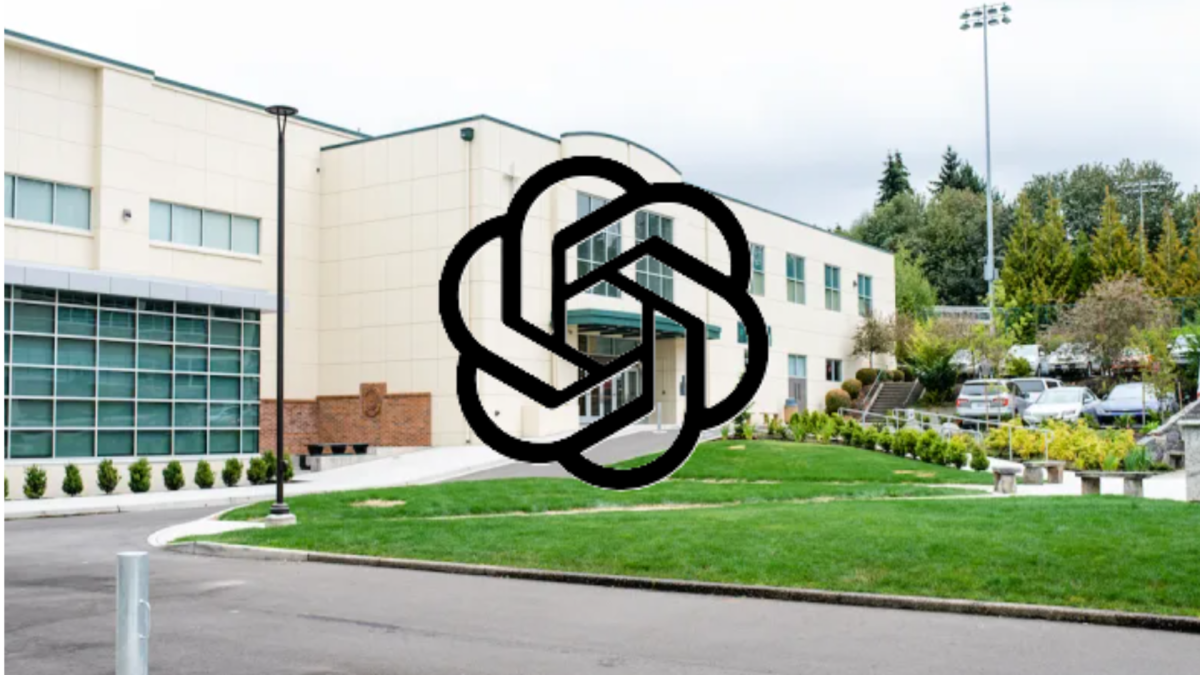As prices for everyday goods and services continue to climb, many have compared today’s prices to the era of high inflation during the 2008 financial crisis and the Great Recession. Despite similarities, looking at today’s crisis reveals that the forces driving it are quite different from what occurred 15 years ago.
In 2008 the spark for rising inflation was caused by a price shock due to the rise of oil and food costs. Higher prices were due to the rise and the price of production and transportation expenses faced by businesses. However, the main influx in prices in 2008 came from a different source, a housing bubble that was fueled by relaxed lending standards, and financial engineering gone wrong. When the housing bubble burst it set off a chain reaction that capsized the entire financial system.
The COVID-19 pandemic is the key factor behind today’s inclining prices. The combination of supply-chain disruptions labor shortages and strong consumer demand triggered a ripple effect through Global Supply chains. As the lockdown began demand rose before any government stimulus or consumer savings kicked in. Despite government help, production and disruption of supply chains could not keep up which led to the shortages that allowed suppliers to raise the prices we see now.
Meanwhile, many businesses struggled with hiring challenges and health concerns during the pandemic. Due to the uncertainty of the pandemic many chosen an early retirement or career shift. The limited amount of available workers allowed more bargaining power and many demanded higher wages which is another input of costs rising.
While long periods of high inflation are usually trouble for the economy, the different events causing the current financial crisis could see a different outcome than 2008. In 2008 President Barack Obama and Congress passed the $789 billion American Recovery and Reinvestment Act, which helped bring an end to the economic recession.
In an article published by JP Morgan, the author states the key to the “‘final mile’ of getting inflation down will require a softer labor market”. Wage inflation is slowing and the labor market may soften due to higher interest rates, allowing core service prices to level out. Food and energy prices may also impact inflation in 2024. It is clear that this will be a long journey until the majority of the country sees significantly lowered prices, but for now slow decreases will be the biggest victories during this journey of recovery.








